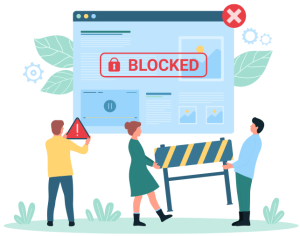You’ve probably heard about Pokémon Go on the news or from your child. Mine has asked me 10 times today if he can go outside and catch some Pokémon. News reports of car crashes, muggings, stabbings, a...
You're almost there...
Register or Login to your account to view requested content.

Joining the Cyber Safety Plus Membership has many benefits including:
- Exclusive Articles and Practical Advice
- Extensive Online Training Library
- Monthly Live Zoom Meetings
- Supportive Parent Community
- And More!

